Barnegat Inlet – Jan. 16th
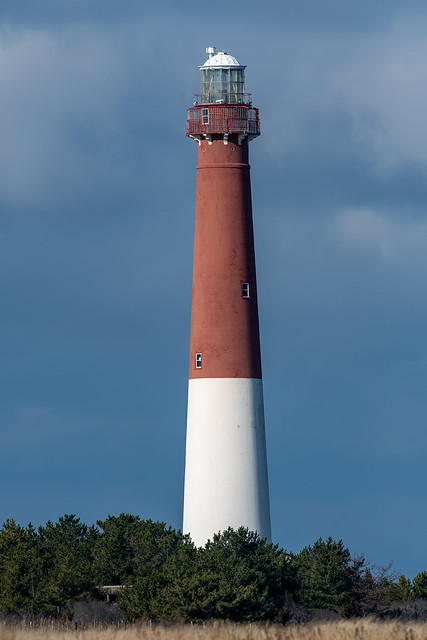
Year Count: 100 | Species: 38 | FOY Birds: 7 | Lifers: 0
It’s an annual tradition for me to hit Barnegat Light every winter, usually picking a warm day and walking the jetty. This year I got started a little early, heading down in early January because there was a recent incursion of alcids in the waters off of New Jersey and I was hoping to catch a few of them. So away I went, hoping that the rain that I was driving through would let up before I got there. I was mostly right.
I started at the end of the road just outside of the park entrance, as I typically do when I visit Barnegat Lighthouse State Park. The rains started coming down harder when I pulled up but that didn’t distract me from the birds that were close by just off the sea wall. A bunch of common eider were sitting in close as opposed to their usual habit of floating in the distant breakers off of the end of the jetty. Mixed among them, a number of long-tailed duck and a pair of common loons rounded out the menagerie. But the rainfall drove me back into the car for a bit.

Eventually the rain slowed to a drizzle so I moved to head into the park. The entrance was full of life as common birds like boat-tailed grackle, starlings and American crows took to the trees to shout their expletives at the weather. Based on the tides and the birds so close to the sea wall, I decided to walk into the park along the water instead of the normal sidewalk. I was greeted by a number of red-breasted merganser, Atlantic brant and more loons, as well as a host of songbirds (cardinals, white-throated sparrows, a Carolina wren and a handful of house finches). But what I saw on the back side of the park didn’t prepare me for what would greet me on the other side of the lighthouse.
Once I got to the beginning of the jetty, I was surprised by the level of the water. Barnegat Inlet is a tidal water – like most inlets – bordered on both sides by rock jetties to stabilize the shorelines. The Barnegat Light side begins with a concrete walkway for visitors to enjoy, ending about 1/8 of a mile from the lighthouse and used often by fisherman. From there, a rock jetty extends out another mile all told, measuring the extent of the beach and another 100 yards beyond into the surf. It’s a great spot to bird (and get some exercise) as the wide, flat jetty is a fairly safe way to get close to the sea-faring birds that accumulate there and use the rocks as shelter.
Today, however, the jetty was a storm of waves and overwash. The concrete portion actually appeared to be tilting a little, the concrete cracking as the underpinning of rock and sand was slowly succumbing to the heavy surf winter had been providing. Normally, the concrete portion of the walkway is far too high to succumb to the waves, as is the first half of the stone jetty. But today, the waves washed over, splashing me even on the far side. I actually walked back to get my Sorel’s to give me some additional waterproofing against the waves and splash.
The surf height didn’t bode well for the rest of the jetty, as there’s an additional concern in winter – low temperatures can make for slick hiking, and the water height meant likely slippery surfaces. But I had to see my targets, so I forged forward.
I didn’t have to wait long before the glories of Barnegat Light came into view. There were many birds flying up and down the inlet, while others bobbed in the incoming tide, its blue waters reflecting the scant sun poking through the clouds. Swimming in close were the stars of the show every winter, a number of Harlequin Ducks.
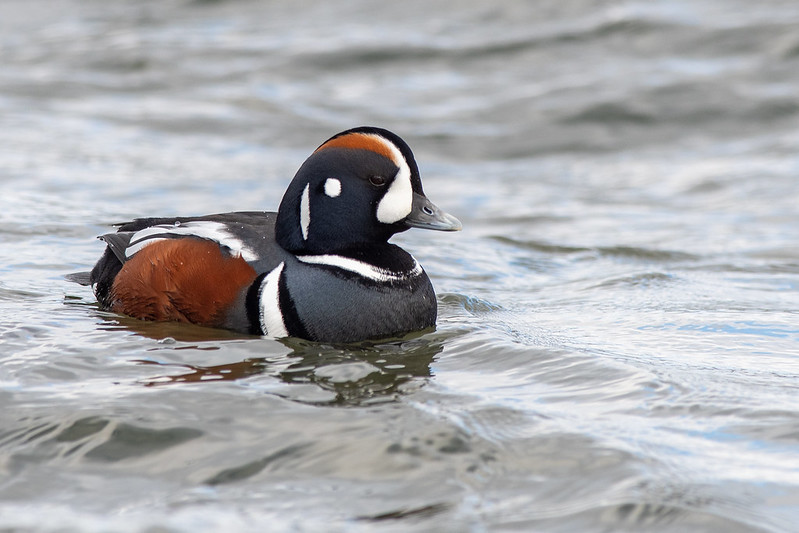
Every year, birders from all over flock (sorry, bird pun) to Barnegat Lighthouse for these colorful ducks. They are a northern species that doesn’t spend much time south of the Canadian border, but every year some of them show up in December like clockwork and stick around until early spring. Normally they number from a half-dozen to a dozen birds, although in 2006, there were close to 100 of these stunning ducks at the place. This year, 15 of them were present and they were giving close-up views as they tried to get onto the rocks.


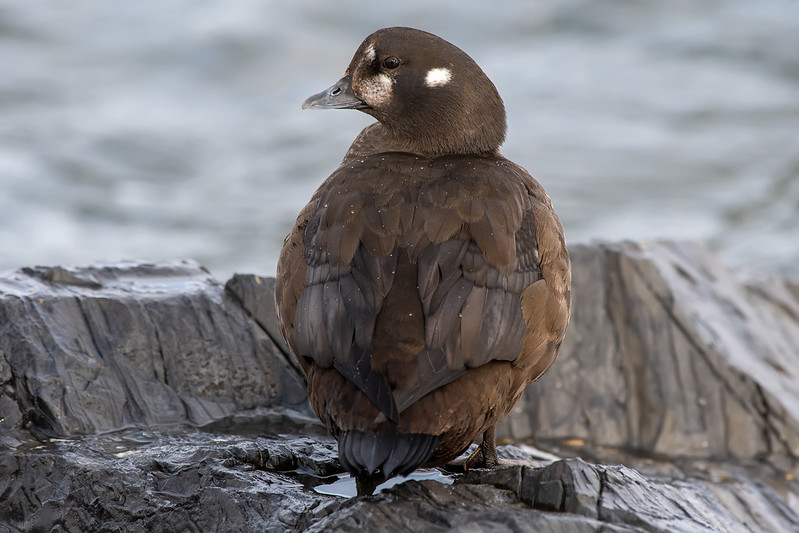
But the fertile waters of the inlet attract a number of key winter species that find the place eminently hospitable, with an ample supply of fish, mollusks, crustaceans and seaweed. Common loons and Red-throated loons are frequent visitors, along with all 3 species of scoter. Today, I was fortunate enough to get a good look at a White-winged Scoter – a species that I rarely get to see even here – as well as a single black scoter keeping time with the tides. A small group of Northern Gannet flew in the distance, diving into the breakers, while a pair of Great Cormorant took up position on the navigation buoy at the end of the channel.
On the rocks themselves, the shorebirds were congregating. Normally, the Purple Sandpiper and Ruddy Turnstone spend their time on the rocks mucking around the moss and seaweed just above the waterline, picking through the vegetation for small creatures like sand fleas and other small crustaceans. But with the high water, they had taken a higher position on the rocks.
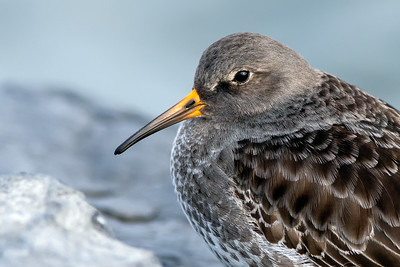
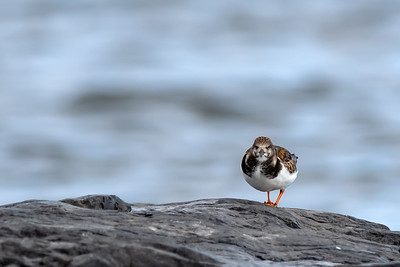
I made it about 2/3 of the way up the jetty before the tide and the waves made it too treacherous to continue. Waves had begun to crash across the jetty and I was forced to turn to protect my camera from their splash on more than one occasion. Eventually I found a spot I could get down and cross to the beach to walk up to get a view from the shoreline.
The jetty is the highlight area for most of the birds, but a new inland pond created last year also has been getting increasing attention from the common visitors of Barnegat Lighthouse, including hundreds of Great Black-backed Gulls, Herring Gulls, Ring-billed Gulls, Canada Geese and Atlantic Brant who enjoy the calmer waters of the pond.

But the highlight was a particularly large Peregrine Falcon taking up a position just outside the pond and staring down potential prey. As I watched, it raised its heavy wings and took off to the chagrin of the many smaller gulls who lifted off from the pond in fear – and probably hoping one of their fellows was the potential victim. Alas, the falcon went hungry in this dive and it was time to move one.
It turns out to have been a good move. Sanderling filled the beach near the waterline, while numerous eider took their requisite positions in the heavy surf. A great black-backed gull held court around a piece of surf wood, his size setting his position in the hierarchy amongst the smaller ring-billed cousins.
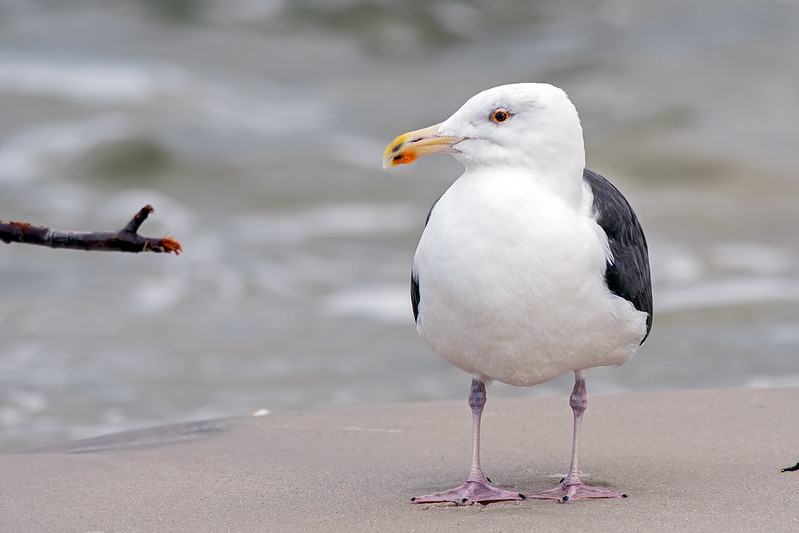
Other birders had chosen the same spot, a vantage point that promised to offer a much higher chance at those alcids I had come to see, as they are often seen flying just above the horizon a distance out past the breakers and surf line. One of the others has already seen what he thought was a few alcids flying by and it wasn’t long before we were treated to the nearly unmistakable form of a Dovekie – a small, flying football with short wings and a small head. It was out a ways and moving too fast for a photo, but it was easily identifiable by its flight and form. Then a bonus came flying by – a Razorbill, it’s thick head and longer black-and-white form easily ID’d in the distance. I tried to get some shots but all I captured was a vague, gray blur that was as likely an alien as a bird.
Better yet, a second dovekie came in and landed in the jetty to give us a slightly better look when it rolled on top of the waves, before jumping up and flying into the jetty and giving everyone bonus looks at this small and beautiful bird. Sadly, I once again missed the shot but enjoyed the view enough to not care.
| # | Species |
| 92 | Yellow-bellied Sapsucker [Home] |
| 93 | Great Horned Owl [Home] |
| 94 | Harlequin Duck |
| 95 | White-winged Scoter |
| 96 | Ruddy Turnstone |
| 97 | Great Cormorant |
| 98 | Peregrine Falcon |
| 99 | Dovekie |
| 100 | Razorbill |
| Atlantic Brant | |
| Canada Goose | |
| Mallard | |
| Common Eider | |
| Black Scoter | |
| Long-tailed Duck | |
| Bufflehead | |
| Red-breasted Merganser | |
| Mourning Dove | |
| Sanderling | |
| Ring-billed Gull | |
| Herring Gull | |
| Great Black-backed Gull | |
| Red-throated Loon | |
| Common Loon | |
| Northern Gannet | |
| Double-crested Cormorant | |
| American Crow | |
| Carolina Wren | |
| European Starling | |
| Gray Catbird | |
| White-throated Sparrow | |
| Song Sparrow | |
| Brown-headed Cowbird | |
| Boat-tailed Grackle | |
| Yellow-rumped Warbler (Myrtle) | |
| Northern Cardinal |
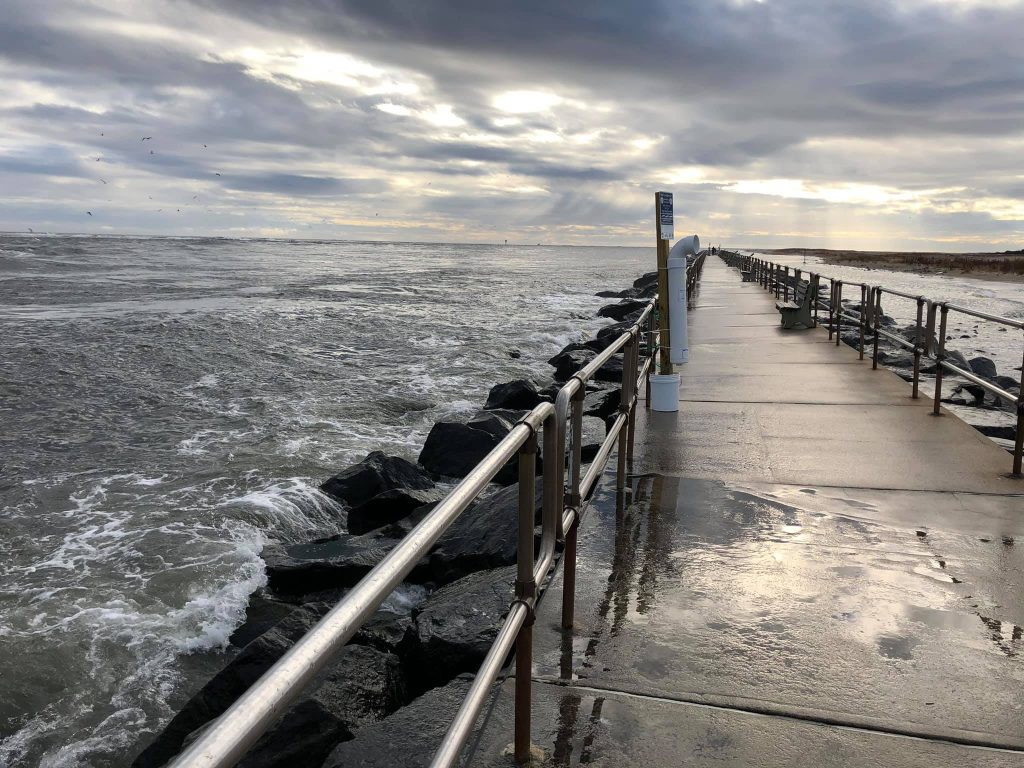
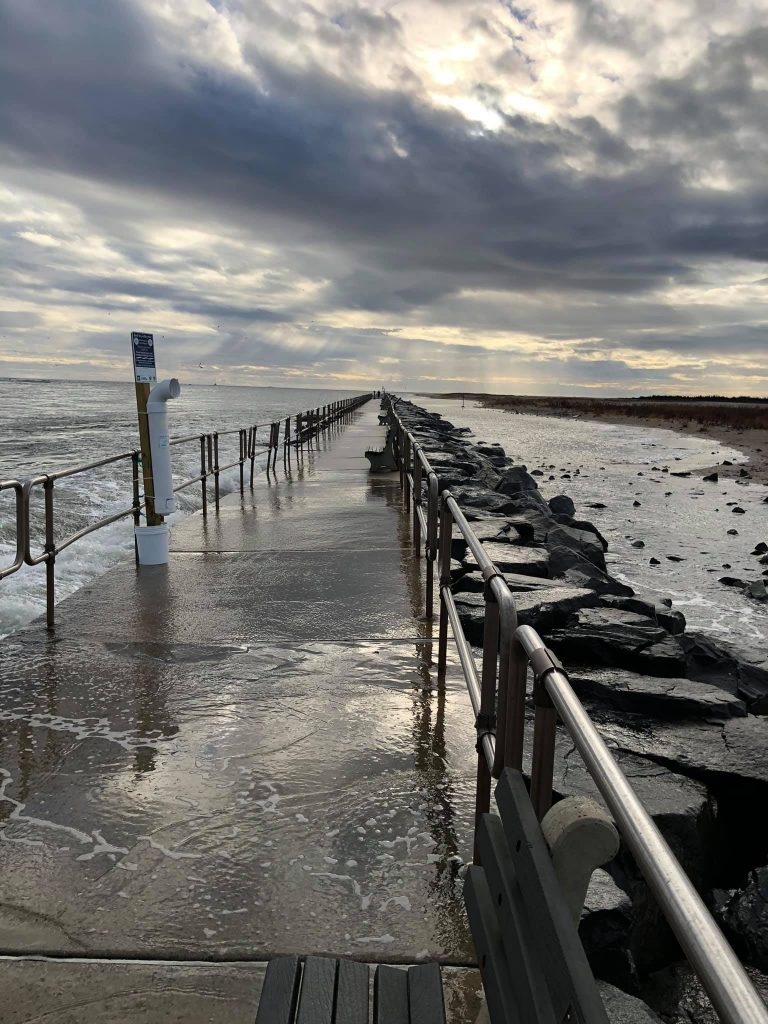
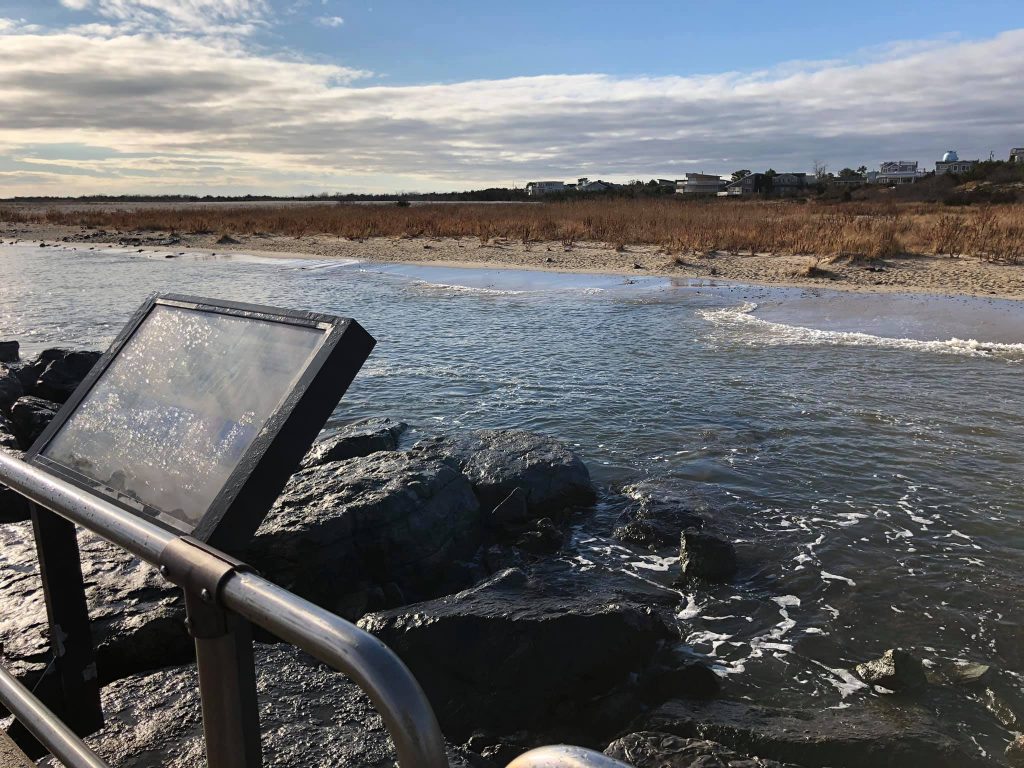
 Previous Post
Previous Post Next Post
Next Post